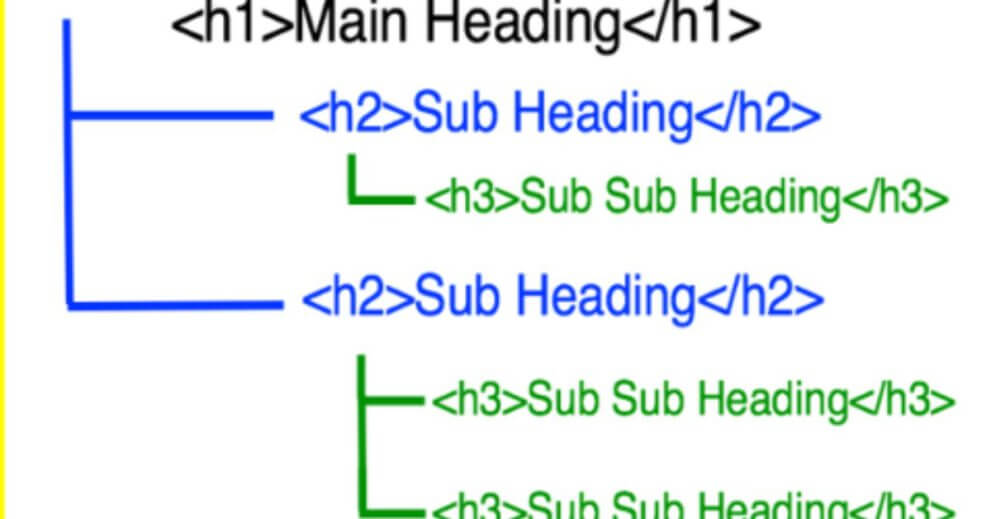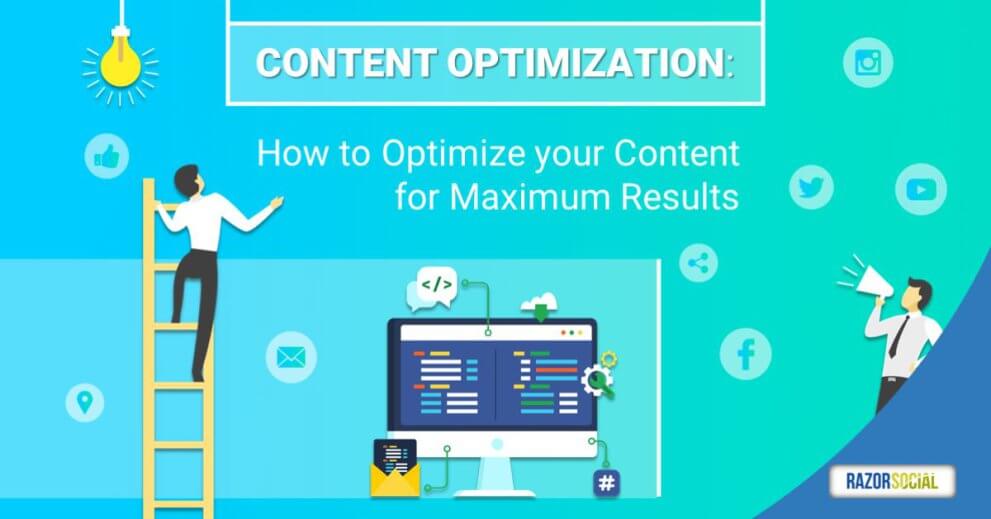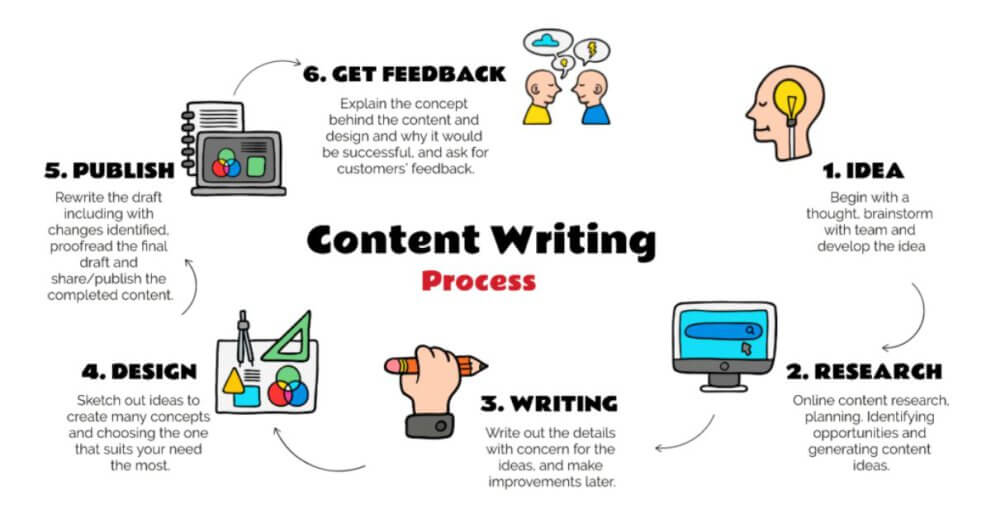Have you ever struggled to keep readers engaged with your content? If yes, the problem might not be the topic but its readability. In today’s fast-paced world, readers prefer content that is easy to understand and visually appealing. Readability plays a crucial role in how your audience perceives and interacts with your work. Clear, concise, and structured content can make all the difference between someone staying on your page or leaving within seconds.
Improving content’s readability goes beyond grammar and vocabulary. It involves creating a smooth flow of ideas, using proper formatting, and addressing the needs of your target audience. Let’s explore 10 ways to improve your content’s readability and keep your readers hooked from start to finish.
Use Simple Language
One of the most important aspects of readable content is the use of simple language. Avoid using jargon or overly complex words that may confuse your readers. Simplicity helps to convey your ideas more effectively and ensures that your audience understands your message. For example, instead of saying “utilize,” you can simply say “use.” Research shows that readers prefer straightforward language that doesn’t require them to pause and think about what a word means.
Writing in a conversational tone also improves the content’s readability. It creates a sense of connection and makes the reading experience enjoyable. Remember, your goal is to communicate, not to impress with big words.
May You Read More Blog:https://digibizt.com/top-10-google-ranking-factors-you-must-know-to-outrank-competitors/
Keep Sentences and Paragraphs Short
Long sentences can be overwhelming and lead to confusion. To improve readability, aim for shorter sentences that convey a single idea. Short paragraphs are equally important as they break the text into manageable chunks, making it easier for readers to follow along.
A study by the Nielsen Norman Group revealed that users often skim content instead of reading it word-for-word. Short sentences and paragraphs make it easier for them to absorb information quickly. Keep your paragraphs to two or three sentences, and avoid unnecessary fluff that can dilute your message.
Structure Your Content with Subheadings

Subheadings act as signposts, guiding readers through your content. They help break down your article into smaller, digestible sections, making it easier to navigate. Subheadings should be clear, descriptive, and include relevant keywords. For example, a subheading like “Use Simple Language” immediately tells readers what the section is about.
Using subheadings also improves SEO by signaling to search engines the key topics of your article. For better content readability, ensure that your subheadings are evenly spaced and follow a logical progression of ideas.
Incorporate Lists for Clarity
Lists are an excellent way to organize information and make it easier for readers to process. They allow you to present key points clearly and concisely. For instance, if you’re listing the benefits of readable content, you can highlight improved user engagement, reduced bounce rates, and better SEO rankings.
Here’s a quick comparison of how lists enhance readability: As shown in the table, lists improve the overall presentation and impact of your content.
| Feature | Paragraph Format | List Format |
| Visual Appeal | Low | High |
| Ease of Understanding | Moderate | High |
| Engagement | Low | High |
Choose Readable Fonts
The type of font you use can significantly affect how readers perceive your content. Fonts like Arial, Helvetica, and Georgia are easy on the eyes and work well for digital content. The font size should be large enough to read comfortably, typically between 14 and 16 pixels.
Additionally, pay attention to line spacing and margins. Crowded text can strain the eyes and make reading difficult. By choosing readable fonts and ensuring proper formatting, you enhance the overall user experience and make your content more engaging.
Use Visuals to Break Up Text
Visual elements such as images, infographics, and charts not only break the monotony of text but also enhance understanding. For example, an infographic summarizing key points can reinforce your message and make it easier to remember. Studies show that articles with visuals receive 94% more views than those without.
Visuals also add a layer of professionalism to your content, making it more appealing to your audience. Ensure that your visuals are relevant and high-quality to maximize their impact on content’s readability.
Optimize Content for Mobile Devices

With more people accessing content on their smartphones, it’s essential to ensure that your text is mobile-friendly. Responsive designs and concise paragraphs work best for smaller screens. Avoid large blocks of text, as they can be daunting on mobile devices.
Google’s algorithm favors mobile-friendly content, which means optimizing for readability can also improve your search rankings. By catering to mobile users, you increase the reach and accessibility of your content.
Write in Active Voice
Active voice makes your writing more direct and engaging. For instance, “We created this guide to help you” is more compelling than “This guide was created to help you.” Active sentences are shorter, clearer, and easier to read, making them a key component of readable content.
Active voice also conveys confidence and authority, which can build trust with your readers. Whenever possible, rephrase passive sentences to make your content more dynamic and engaging.
Edit and Proofread Thoroughly
Even the most well-written content can lose its impact if riddled with errors. Editing and proofreading ensure that your text is polished and error-free. Use tools like Grammarly to catch grammatical mistakes, but don’t rely solely on software. A manual review helps you spot inconsistencies and improve sentence structure.
Take breaks between writing and editing to gain a fresh perspective. Reading your content aloud can also help you identify awkward phrasing or unclear ideas, further enhancing the content’s readability.
Understand Your Audience
Ultimately, the key to readable content is understanding who you’re writing for. Tailor your tone, vocabulary, and style to match the preferences of your target audience. For example, a professional audience might appreciate a formal tone, while casual readers prefer a conversational approach.
By addressing your audience’s needs and expectations, you create content that resonates with them. This connection not only improves readability but also strengthens your relationship with your readers.
Conclusion
Improving your content’s readability is not just about writing; it’s about crafting an experience that keeps readers engaged and informed. From using simple language to incorporating visuals, every step contributes to creating content that is both appealing and effective. Readability is a skill that evolves with practice, so keep refining your approach to meet the changing needs of your audience.
By applying these 10 ways to improve your content’s readability, you can create content that stands out, engages your readers, and achieves your goals. Remember, the easier your content is to read, the more impactful it becomes.
FAQs
Why is readability important in content writing?
Readability ensures your audience understands and engages with your content, improving their experience and retention.
How does active voice improve readability?
Active voice makes sentences clearer, more direct, and easier to follow, enhancing overall engagement.
What are some mobile-friendly content practices?
Use responsive designs, and short paragraphs, and avoid large text blocks to optimize content for mobile devices.
How do visuals enhance readability?
Visuals break up text, provide context, and make information more engaging and easier to understand.
What tools can help improve readability?
Tools like Grammarly and Hemingway Editor can assist in refining grammar, structure, and clarity.



